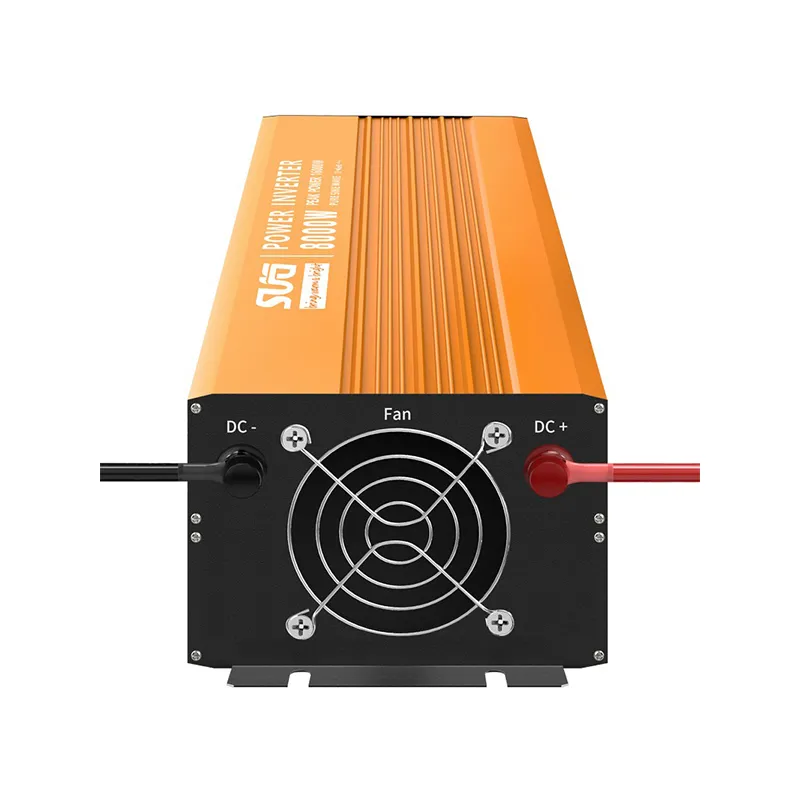Typical Dimensions of Solar Panels for Your Energy Needs
Common Solar Panel Sizes
As the world continues to shift towards sustainable energy solutions, solar power has emerged as one of the most viable alternatives to traditional fossil fuels. Solar panels, the primary components of solar energy systems, come in various sizes and formats, catering to different needs and applications. Understanding the common sizes of solar panels can help consumers make informed decisions about their solar energy investments.
Standard Solar Panel Dimensions
The most common type of solar panel used for residential and commercial applications is the photovoltaic (PV) panel, which typically ranges in size from about 60 to 72 cells. The dimensions of these panels vary, but most fall within the following standard sizes
1. 60-cell Solar Panels The dimensions for 60-cell solar panels are generally around 65 inches by 39 inches (approximately 165 cm by 99 cm). These panels are primarily used in residential installations due to their efficiency and suitable size for rooftops, making them an ideal choice for homeowners looking to reduce their energy bills.
2. 72-cell Solar Panels These larger panels usually measure about 77 inches by 39 inches (approximately 195 cm by 99 cm). They are often used in commercial settings or larger residential systems where space allows, as they can produce more energy than their 60-cell counterparts. This makes them a popular choice for installations on commercial rooftops or ground-mounted solar arrays.
3. Compact Solar Panels For specific applications, such as small energy needs or limited space, compact solar panels measuring around 48 inches by 26 inches (approximately 122 cm by 66 cm) can be used. These smaller panels are particularly useful in niche markets, such as RVs, boats, or residential applications with limited rooftop space.
4. Bifacial Solar Panels Emerging technology has led to the development of bifacial solar panels, which can capture sunlight from both sides. These panels can come in various sizes, typically similar to the standard 60-cell or 72-cell panels but with varying efficiencies. The dimensions of bifacial panels can create different installation options and optimize performance in diverse environments.
common solar panel sizes

Factors Affecting Solar Panel Size Choice
When choosing the size of solar panels for a specific installation, several factors come into play
- Energy Needs The overall energy consumption of a household or business will heavily influence the required number of panels and their size. Larger energy needs may necessitate larger panels or a greater quantity of smaller panels.
- Roof Space The available area on a roof or other installation site is crucial. Some roofs may only support a limited number of panels due to size or architectural features, leading consumers to choose smaller panels or fewer large panels.
- Aesthetic Preferences Some homeowners may prefer the look of smaller panels or may want to integrate solar technology subtly into their homes. This can affect the size and number of panels chosen.
- Financial Considerations The cost of solar panels can vary by size and type. Buyers must weigh the upfront investment against potential energy savings to determine the best financial decision.
Conclusion
Understanding common solar panel sizes is essential for anyone considering going solar. With options ranging from 60-cell panels suitable for residential use to larger 72-cell panels for commercial installations, consumers can choose products that best fit their specific needs and circumstances. As technology continues to advance and consumer education spreads, solar power will likely become an even more integral part of our energy landscape. By selecting the appropriate solar panel sizes, individuals and businesses can maximize their benefits while contributing to a greener future.
-
Unlocking Energy Freedom with the Off Grid Solar InverterNewsJun.06,2025
-
Unlock More Solar Power with a High-Efficiency Bifacial Solar PanelNewsJun.06,2025
-
Power Your Future with High-Efficiency Monocrystalline Solar PanelsNewsJun.06,2025
-
Next-Gen Solar Power Starts with Micro Solar InvertersNewsJun.06,2025
-
Harnessing Peak Efficiency with the On Grid Solar InverterNewsJun.06,2025
-
Discover Unmatched Efficiency with the Latest String Solar InverterNewsJun.06,2025







